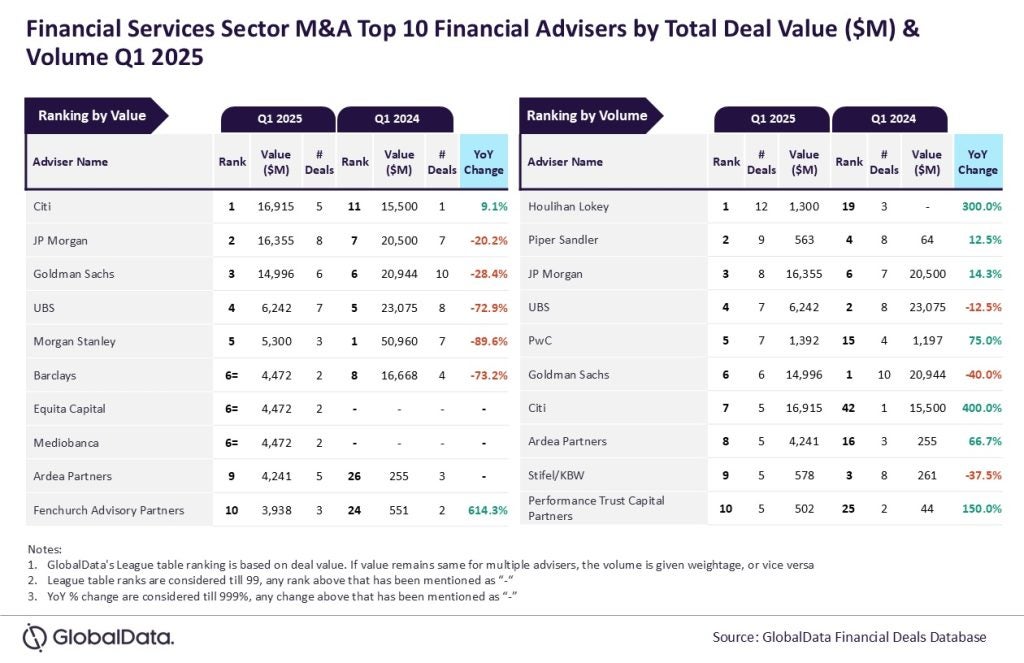In today’s rapidly evolving global financial landscape, traditional banks are no longer the primary providers of capital. Risk-averse banking systems, increasingly constrained by regulatory pressures, are struggling to meet the rising demand for flexible financing. This has opened the door for private credit lenders, like SC Lowy, to fill the void with customised, adaptable financing solutions.
The global lending gap
The global lending gap has been driven by several factors, most notably heightened regulatory requirements under frameworks like Basel III. These regulations impose strict capital reserve requirements, limiting banks’ capacity to issue corporate loans. As a result, traditional banks are retreating from many sectors of the lending market, leaving businesses, particularly mid-size corporates, underserved.
Private credit is stepping in to bridge this gap, emerging as a vital alternative. By offering tailored financing solutions that banks often cannot provide, private credit providers are addressing unmet borrower needs and reshaping the global capital landscape.
Enter private credit
With traditional lenders constrained, private credit has become a key player in meeting the demand for capital. Private lenders bring unmatched flexibility and borrower-centric approaches, delivering faster approvals and more customised financing structures. Approval timelines for private credit loans typically range from four to eight weeks—significantly shorter than the three months or more required by most banks.
Private credit firms also provide diverse loan structures, such as cash-flow-based and asset-backed loans, enabling them to cater to businesses with unique financial needs. Unlike banks, which focus mainly on large corporate relationships, investment-grade lending, private lenders specialise in high-yield structured loans, making them an ideal partner for businesses seeking quick access to capital and willing to pay a premium for speed and flexibility.
Opportunities in emerging markets
The demand for private credit is particularly strong in emerging markets, where traditional banking systems often fall short. The Asia-Pacific (APAC) region, which is expected to account for up to 70% of global GDP growth, presents a prime opportunity for private lenders. In these markets very fragmented banking markets with very little alternative capital and limited high yield market, private creditors must leverage deep sector expertise and local market knowledge to navigate complex regulatory environments and deliver effective lending solutions. Firms with a local presence across the region, like SC Lowy, have an enhanced competitive edge allowing them to capitalise on the significant opportunities emerging across these dynamic economies.
India serves as a standout example. With its booming economy, improved legal system, growing middle-class, and heavily regulated banking sector, India provides a fertile ground for private credit firms. SC Lowy, for instance, targets short-to-medium term senior secured lending opportunities (often first lien) providing internal rates of return (IRRs) of 17-22% in local currency, translating to approximately 15-20% in USD—an attractive risk-return profile. Similar opportunities are emerging across other dynamic economies, underscoring the critical role of private credit in meeting demand where traditional financing falls short.
Looking ahead: The future of private credit
As banks continue to scale back lending, the growth trajectory for private credit is set to accelerate. This trend is particularly evident in Asia and the Middle East, where large-scale infrastructure and development projects are flourishing. In these regions, private credit is increasingly becoming a crucial source of capital and catching up compares to the rest of the world.
In mature markets like North America and Europe, private credit is already an attractive alternative to traditional financing utilised by both sponsored and non-sponsored borrowers alike. By offering customised, flexible financing solutions, private credit firms have been bridging the funding gap, enabling businesses to expand, innovate, and build resilience in challenging economic environments.
Conclusion
As regulatory pressures tighten, and traditional banks grow more risk-averse, private credit has emerged as a vital component of the global financial ecosystem. By offering flexible, tailored financing backed by deep sector and local knowledge, private lenders are meeting borrower needs in ways that traditional banks cannot.
Private credit is not merely filling a gap — it is transforming capital provision, supporting economic growth, and empowering businesses to pursue ambitious goals. As the financial landscape continues to evolve, private credit will remain a driving force in reshaping global capital markets and enable growth across diverse regions.
Michel Lowy is co-founder and CEO of SC Lowy








